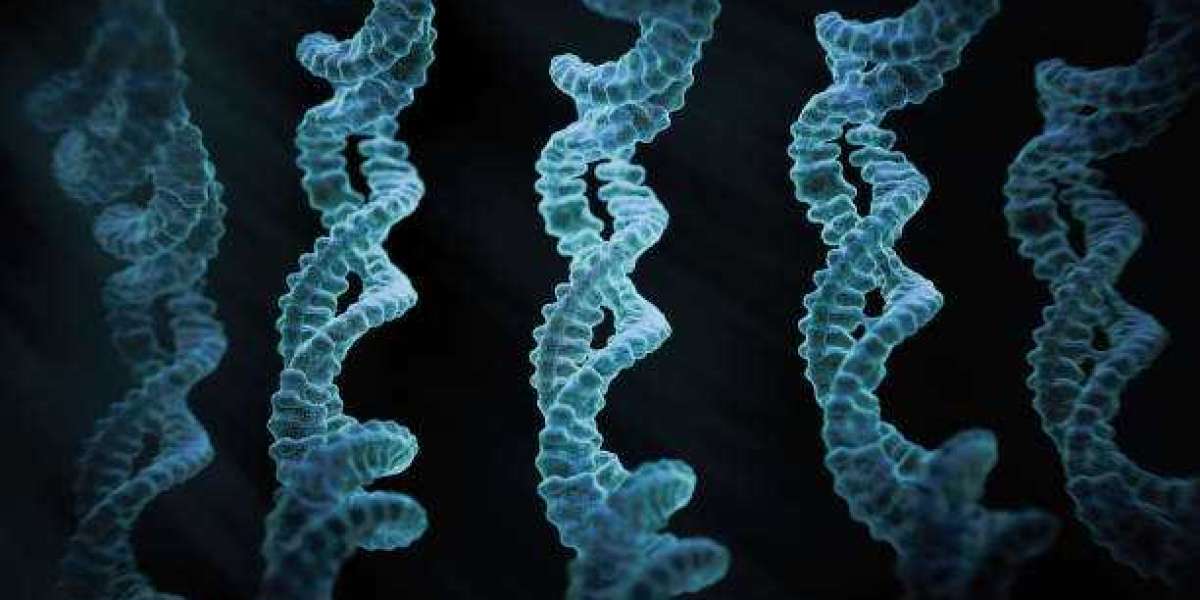The pupils naturally adjust in size to control how much light enters the eyes. However, when they become extremely small—either in one eye or both—it could signal an underlying medical issue. This condition, known as a pinpoint pupil (or miosis), may be harmless in some cases but could also indicate a serious health problem.
In this article, we’ll explore the possible causes of pinpoint pupils, whether they occur in one or both eyes, and when this symptom warrants medical attention.
What Does It Mean to Have Pinpoint Pupils?
A pinpoint pupil refers to an abnormally constricted pupil that does not respond normally to changes in light. While both pupils typically constrict together, sometimes only one eye is affected. The causes can vary significantly, depending on whether one or both pupils are involved.
Causes of Pinpoint Pupils in One Eye
When only one pupil becomes extremely small, it may be due to localized factors affecting that eye or its nerve pathways.
1. Horner’s Syndrome
This neurological disorder disrupts nerve signals to one side of the face, leading to a pinpoint pupil, drooping eyelid (ptosis), and reduced sweating on the affected side. Causes include strokes, tumors, or neck trauma.
2. Eye Trauma or Inflammation
Injuries, infections (such as iritis or uveitis), or surgeries affecting one eye can cause the pupil to constrict abnormally.
3. Medication or Chemical Exposure
If certain eye drops (like pilocarpine) or chemicals come into contact with only one eye, they may cause unilateral miosis.
Causes of Pinpoint Pupils in Both Eyes
When both pupils are constricted, the issue is often systemic, meaning it affects the entire body.
1. Opioid Use or Overdose
Opioids (morphine, heroin, fentanyl) are a leading cause of bilateral pinpoint pupils, often accompanied by slow breathing and drowsiness.
2. Poisoning or Toxin Exposure
Organophosphate pesticides, nerve agents, or certain medications can trigger excessive pupil constriction in both eyes.
3. Brainstem Conditions
Strokes, hemorrhages, or tumors in the brainstem can affect pupil control, leading to bilateral miosis.
Is a Pinpoint Pupil Dangerous?
The seriousness of this condition depends on the cause:
- Not usually dangerous: If due to minor eye irritation or certain medications (under medical supervision).
- Potentially life-threatening: If caused by opioid overdose, stroke, or poisoning.
When to Seek Emergency Care
Seek immediate medical help if pinpoint pupils occur with:
✔ Loss of consciousness
✔ Severe headache or confusion
✔ Difficulty breathing
✔ Sudden vision changes
Diagnosis and Treatment
Doctors use several methods to determine the cause of pinpoint pupils:
- Medical history review (drug use, recent injuries, medications)
- Neurological exams (checking for stroke or nerve damage)
- Imaging tests (MRI/CT scans for brain-related causes)
- Toxin/drug screening (if overdose is suspected)
Treatment depends on the underlying issue:
- Opioid overdose: Naloxone (Narcan) can reverse effects.
- Inflammation: Steroid or anti-inflammatory eye drops.
- Neurological causes: Surgery or specialized therapies may be needed.
Conclusion
A pinpoint pupil in one or both eyes can range from a minor issue to a medical emergency. While some causes are harmless, others—like opioid overdose or stroke—require urgent care. If you notice persistent or sudden pupil constriction, especially with other concerning symptoms, consult a doctor immediately. Early diagnosis and treatment can prevent serious complications and protect your vision and overall health.
By understanding the potential causes and risks, you can take the right steps to address pinpoint pupils effectively.








